How Far Can You Sail Up the Mississippi? (5 Boat Types)
The Mississippi River is divided into two main sections: the Upper Mississippi and the Lower Mississippi. The difference in water conditions in these sections determines the type of boat that can sail up here. In this article, we will explore the different types of boats and how far up the Mississippi River each can travel.
A canoe and kayak can sail up to 10–20 miles up the Mississippi River. A pontoon boat can sail up to 50–100 miles, while a motorboat can sail up to 200–300 miles up the river. A houseboat measuring 30–100 feet can sail even up to 300–400 miles up the Mississippi.
Canoes are great for exploring the smaller tributaries and backwaters of the Mississippi River. But compared to canoes, kayaks are more maneuverable and can better handle rougher waters. Let's get to the specifics of these different types of boats, so you can know which one suits your needs best.
Summary
- The Mississippi River can be dangerous, with strong currents, rapids, and debris, so navigating it requires careful planning and preparation to avoid accidents.
- The upper Mississippi is characterized by wide, shallow waters and a relatively slow current, while the lower part has a faster current and a narrower channel.
- Canoes and kayaks are suitable for exploring the smaller tributaries and backwaters of the Mississippi.
- Larger vessels like pontoon boats, motorboats, and houseboats can navigate the larger sections of the river.
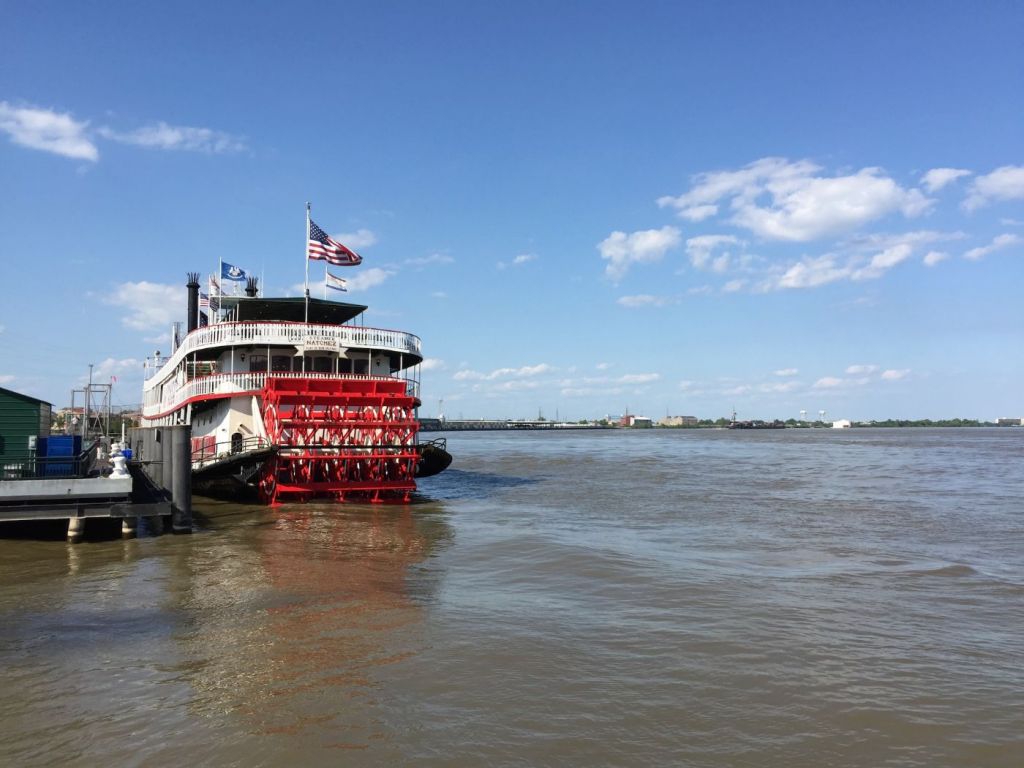
On this page:
Different Boat Types And How Far Can They Sail Up The Mississippi
| Boat type | Size | Distance up the Mississippi River |
|---|---|---|
| Canoe | Typically 10–20 feet long | Up to 10–20 miles |
| Kayak | Typically 10–15 feet long | Up to 10–20 miles |
| Pontoon Boat | 20–30 feet long, 8–10 feet wide | Up to 50–100 miles |
| Motorboat | 20–30 feet long, 8–10 feet wide | Up to 200–300 miles |
| Houseboat | 30–100 feet long, 10–20 feet wide | Up to 300–400 miles |
The Mississippi River is the second-longest river in the United States, stretching over 2,320 miles from its source at Lake Itasca in Minnesota to its mouth at the Gulf of Mexico. The river is divided into two main sections: the Upper Mississippi and the Lower Mississippi River.
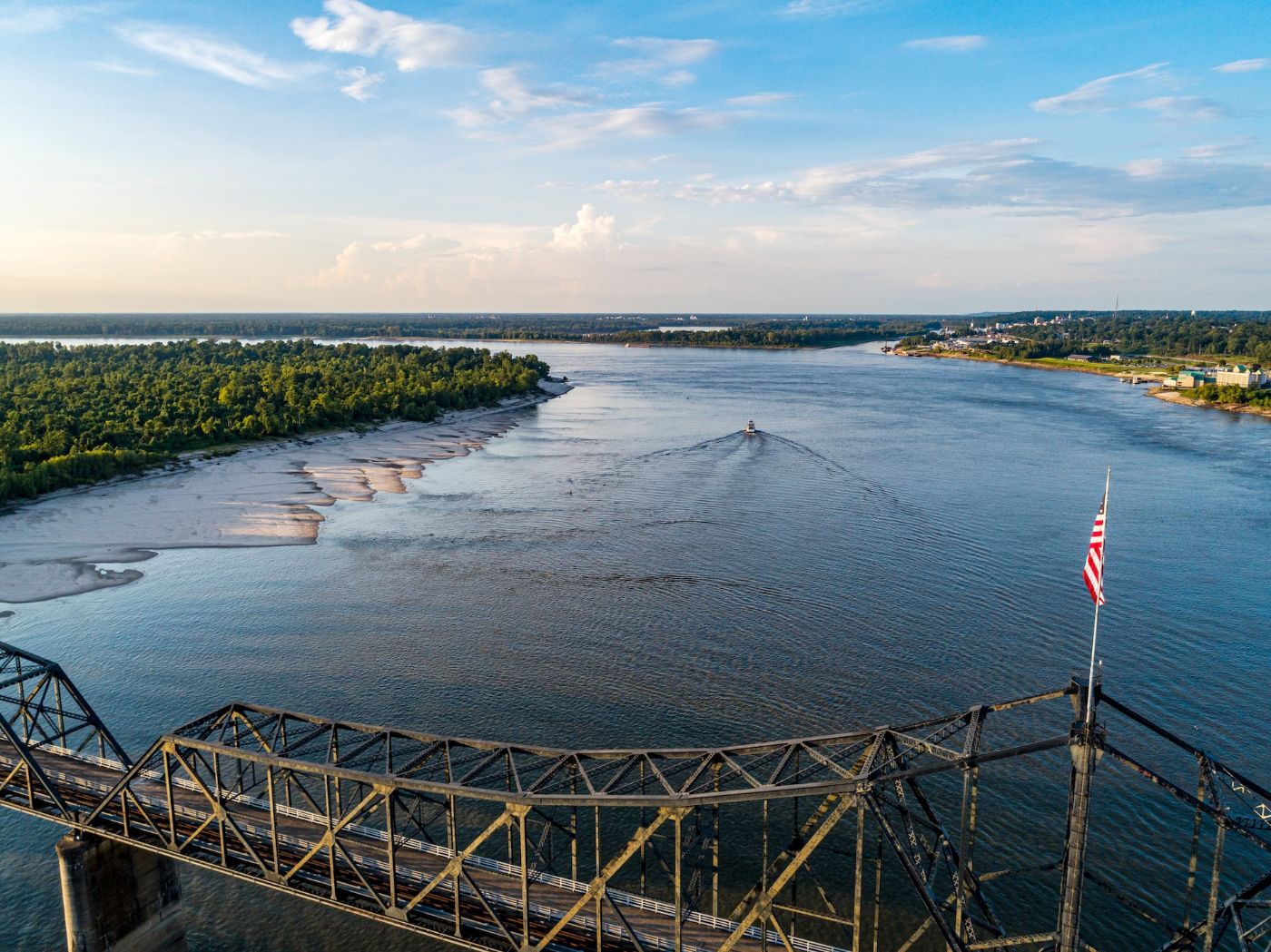
Boating the upper Mississippi River, from Coon Rapids Dam in Minnesota to Saint Louis, Missouri, is limited to kayaks and rowboats due to the presence of hazards and rapids. However, the lower Mississippi River, from Saint Louis to the Gulf of Mexico, is navigable by a wide variety of vessels, including motorboats and houseboats.
Good tip: If you're sailing from Lake Michigan to the Gulf of Mexico, the Mississippi River is your best route choice.
Boating The Mississippi With A Canoe
A canoe is a lightweight, narrow boat that is typically propelled by a single paddle. Canoes are great for exploring the smaller tributaries and backwaters of the Mississippi River.
They are also easy to portage around obstacles like dams and rapids. Canoes, however, are not recommended for long-distance travel on the Mississippi River due to their small size and lack of motor power.
Canoes belong to non-motorized boats which are excluded from registration. However, there are states that require these types of boats to be registered, such as those mentioned in this article.
Pros of using a canoe
- Traveling by canoe allows you to experience the stunning scenery of the Mississippi River up close and personal.
- Canoeing allows you to get closer to a variety of wildlife, including bald eagles, river otters, and alligators, than you would in a larger boat.
- Canoeing is generally less expensive than other forms of boating, making it a great option for those on a budget.
- Canoeing is a great form of exercise, as it works your upper body and core muscles.
Cons of using a canoe
- Canoeing can be dangerous if you're not experienced or don't take proper safety precautions, so always wear a life jacket and learn how to swim.
- Canoeing the Mississippi River requires a lot of planning and preparation, including arranging transportation and figuring out where to camp or stay overnight.

Sailing Up The Mississippi With A Kayak
Like canoes, kayaks are small, lightweight boats that are propelled by a single paddle. Kayaks are more maneuverable than canoes and can handle rougher waters.
Advantages of using a kayak to navigate the Mississippi River
- Kayaks are small and maneuverable, allowing you to navigate through narrow channels and around obstacles that larger boats may not be able to pass through.
- Kayaks are relatively inexpensive compared to larger boats, and they require minimal maintenance.
- Kayaks do not require fuel and do not produce emissions, making them an environmentally friendly option for exploring the river.

Disadvantages of using a kayak to navigate the Mississippi River
- The Mississippi River can be dangerous, with strong currents, rapids, and debris, so kayakers must be experienced and take proper safety precautions to avoid accidents.
- Kayaks have limited storage space, which can make it difficult to carry enough supplies for longer trips.
- Kayaking can be physically demanding, especially on a long journey. Paddling for long periods of time can be tiring and may lead to muscle fatigue or injury.
Navigating The Mississippi River With A Pontoon Boat
A pontoon boat is a flat-bottomed boat that is supported by two or more pontoons. They are typically powered by an outboard motor and are designed for leisure activities like fishing, cruising, and water sports.
Pontoon boats are a good choice for exploring the larger sections of the Mississippi River due to their stability and spaciousness. However, they are not good at handling rough waters, and should be avoided if possible in rough water sailing.
Advantages of sailing with a pontoon boat
- A pontoon boat is typically more stable than other types of boats, which can make it easier to navigate the river's currents and waves.
- Pontoon boats are often equipped with amenities like comfortable seating, a bathroom, and a kitchen, which can make a long journey more comfortable.
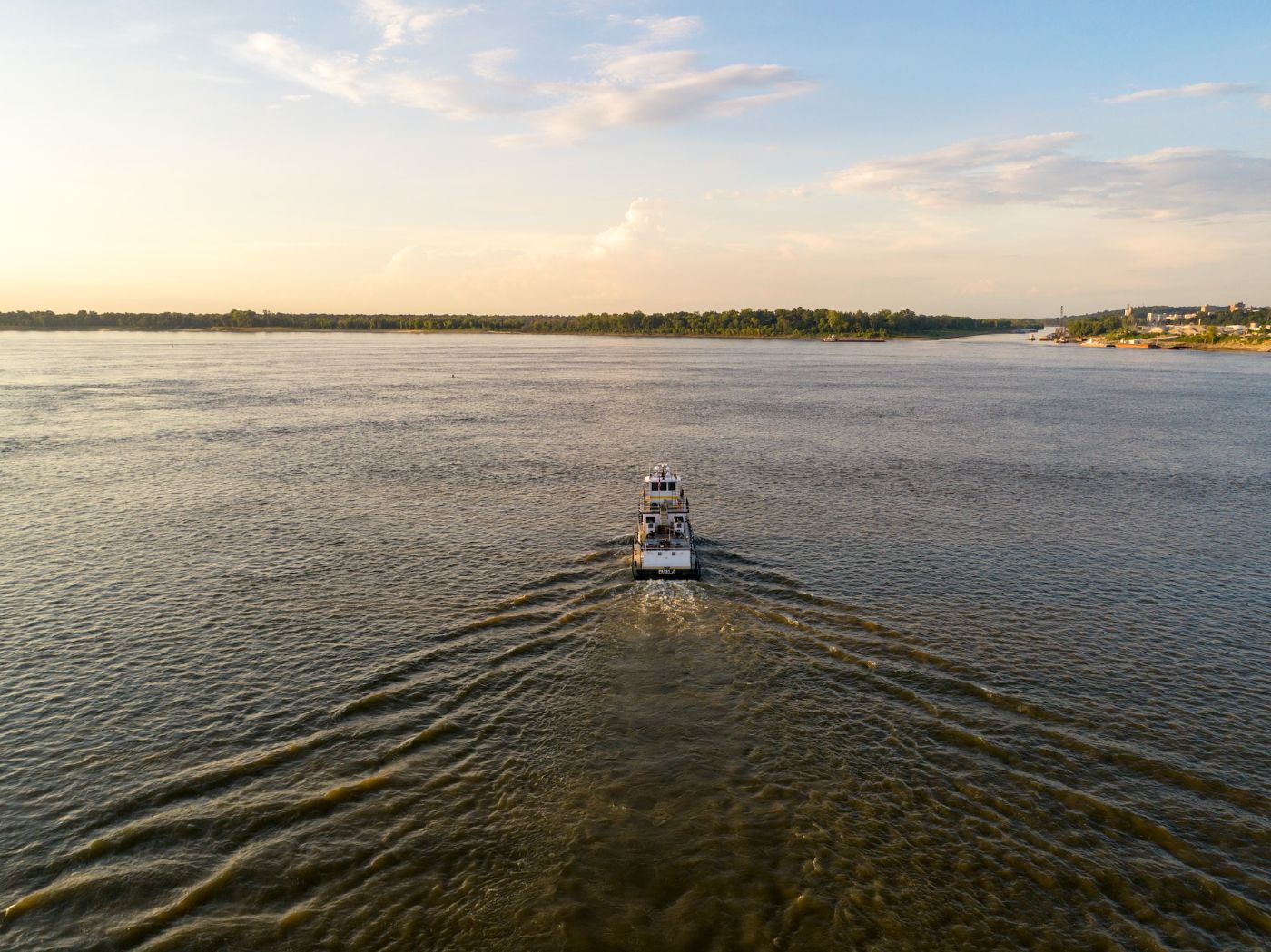
Challenges to sailing a pontoon boat
- You have to deal with the river's changing water levels and currents as the Mississippi River is known for its strong currents and unpredictable weather patterns, which can make navigation difficult.
- You will need to be extra careful as there may be obstacles like sandbars, submerged logs, and other hazards that can be difficult to spot and avoid.
- The sail can take several days or even weeks, so you need to carefully plan and prepare, including packing enough food, water, and supplies that will last the duration of the trip.
Travelling The Mississippi With A Motorboat
A motorboat is a larger, faster type of recreational boat that is powered by an inboard or outboard motor. They are designed for water sports, fishing, and cruising and are a good choice for exploring the larger sections of the Mississippi River.
Advantages of sailing on a motorboat
- Motorboats are generally faster and more powerful than traditional sailboats, and they are better equipped to handle the strong currents and changing weather conditions that can be encountered on the Mississippi River.
- Motorboats are also more maneuverable than sailboats, which can be beneficial when navigating through the locks and dams along the Mississippi.
- Motorboats have the ability to travel upstream against the current, which can be challenging for sailboats. This means that motorboats can travel further up the Mississippi River and explore areas that may not be accessible to sailboats.
Disadvantages of sailing on a motorboat
- Motorboats can be more expensive to operate than sailboats, as they require fuel and regular maintenance.
- Motorboats can have a negative impact on the environment, as they produce emissions, can be quite loud, and can contribute to water pollution.
- Motorboats rely on fossil fuels, which are not renewable resources.
If you're on a tight budget and looking for cheap docking around the Mississippi River, you can try the Port of South Louisiana, which has one of the cheapest docking rates in the USA For as little as $0.15 per foot per day.

Using Houseboats To Explore the Mississippi
A houseboat is a type of recreational boat that is designed for long-term living on the water. They are popular on the Mississippi River and many people use them for recreational purposes such as fishing, swimming, and sightseeing.
In recent years, houseboats have also been used for sailing up the Mississippi River for longer distances of 300–400 miles. They are designed to be self-sufficient, with all the necessary amenities and facilities for living on board. They are equipped with engines that provide power for propulsion, and they can be navigated up the Mississippi River by skilled captains.
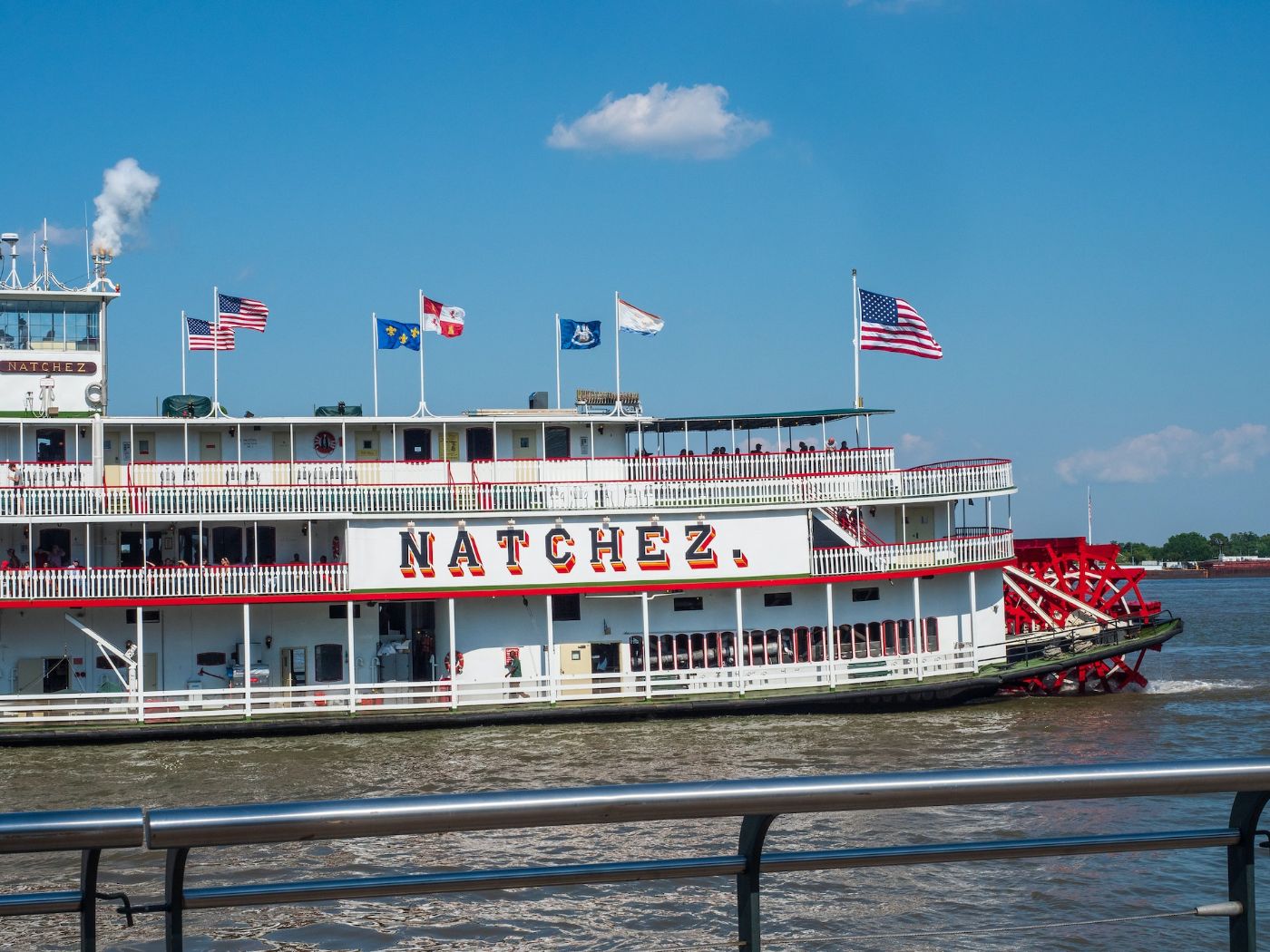
Sailing up the Mississippi River on a houseboat can take several days or even weeks, depending on the distance traveled and the speed of the boat. Along the way, boaters can enjoy the scenic beauty of the river, explore historic towns and cities, and experience the unique culture of the Mississippi River region.
If you're onto long-term living on the water but have a tight budget, you can check out these 13 cheap liveaboard sailboats that do not compromise quality.
Did you find the answer to your specific question?
👍 0 👎 2
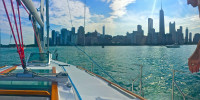
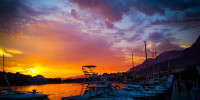


Comments
John
“Good tip: If you’re sailing from Lake Michigan to the Gulf of Mexico, the Mississippi River is your best route choice.”
I respectfully suggest you consult a map. The Mississippi River runs nowhere near Lake Michigan.
Leave a comment